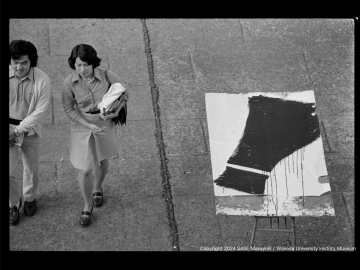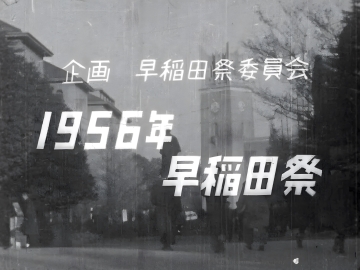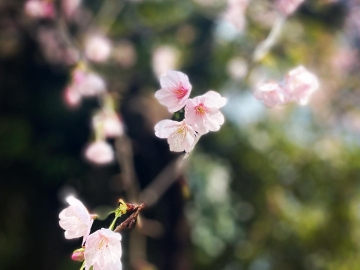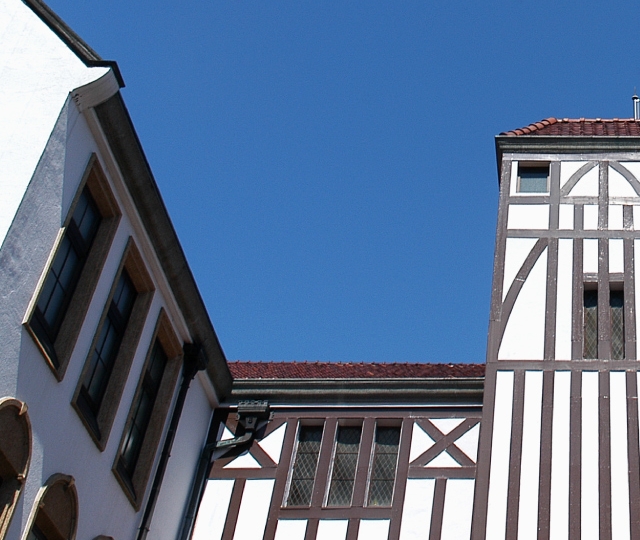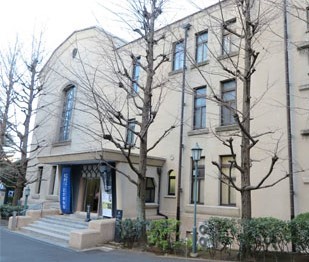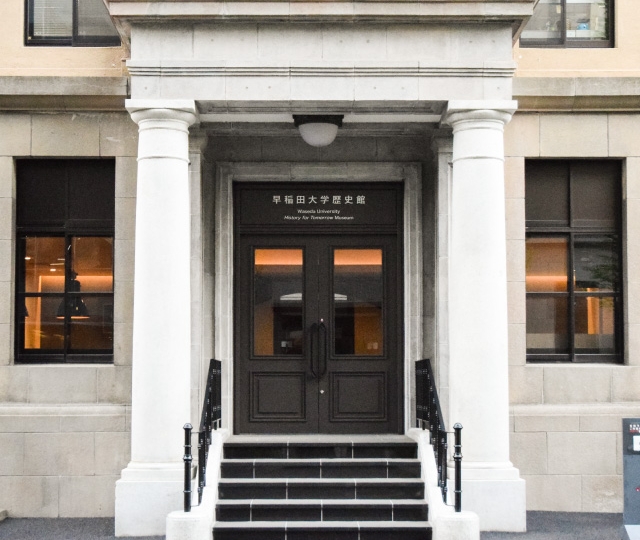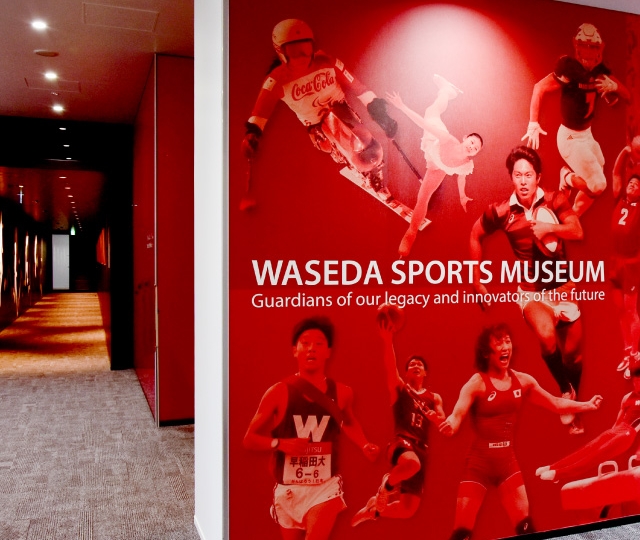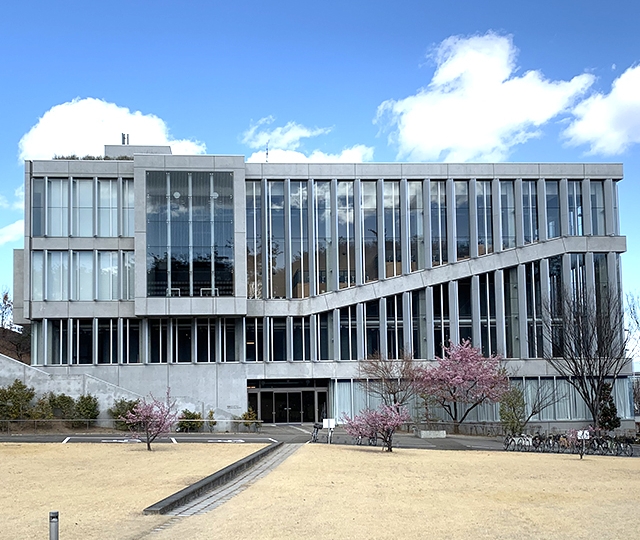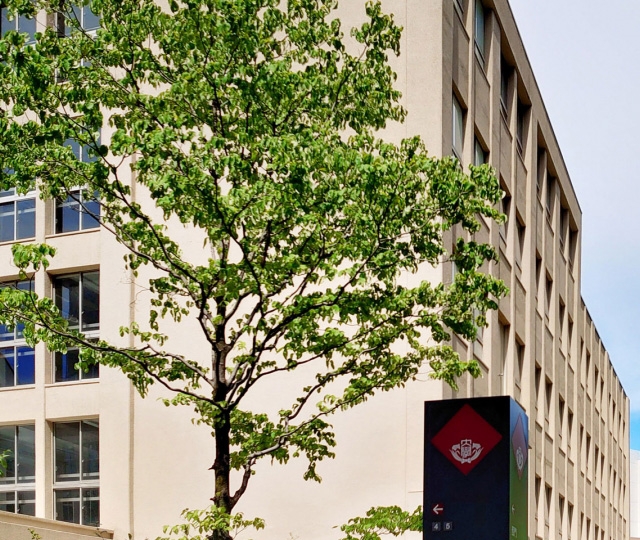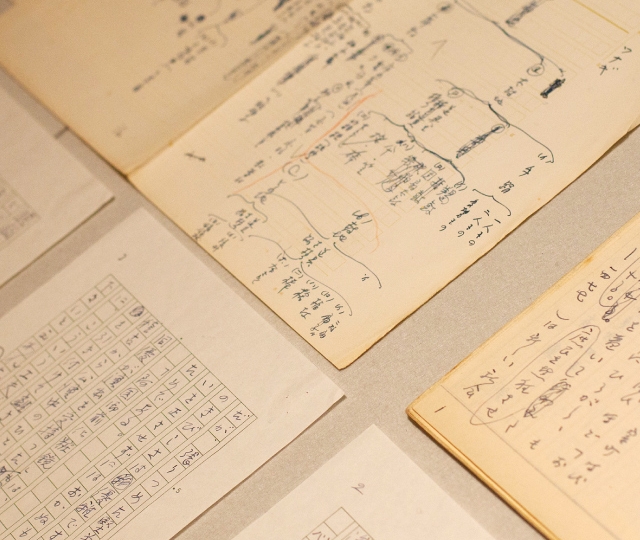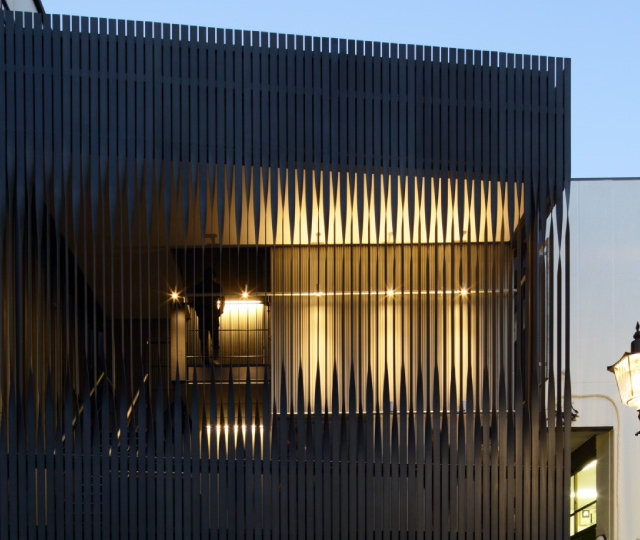Archives are not just “repositories of past documents.” They are spaces that connect people, time, and place through records. A class was held at the School of Social Sciences at Waseda University, utilizing materials donated to the Waseda University History Museum, inspired by the donation of photographs from an alumnus.
Returning to Campus After 50 Years: Things That Have Changed, Things That Haven’t
Mr. Masayuki Sase, who attended Waseda University in the 1970s, returned to his alma mater for the first time in fifty years. He is the very person who donated the photo collection “WASEDA 1974–1977.” As he got off at Takadanobaba Station, one stop from Waseda, and walked along Waseda Street, he noticed that the number of ramen shops had increased while used bookstores had become scarce. He also felt that the slope on the Toyama Campus seemed much steeper in his memory.
Tracing the Memories of Photographs and the Voices of the City
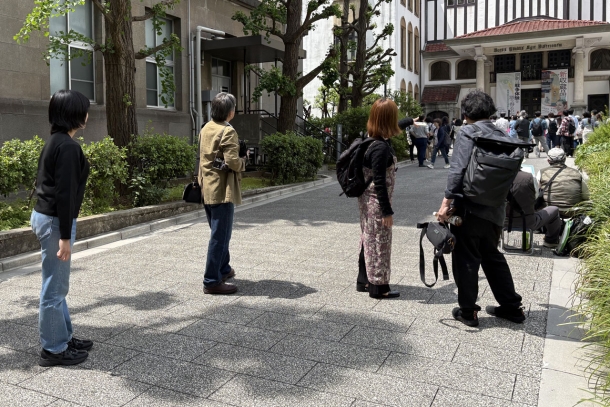
A special session of “Museum Week 2025” in front of the Tsubouchi Memorial Theatre Museum by the Waseda University Modern Jazz Society.
Before the class, Mr. Sase visited “Ogiwara Pennant Shop,” a shop featured in one of his photographs taken 50 years ago. There, Ms. Keiko Ogiwara, the shop owner, told him stories about “the old man who shined shoes,” who appeared in the picture from that time. Archived records awaken memories in people today and become seeds of conversation — that very moment may be when the true significance of archives vividly comes to life.
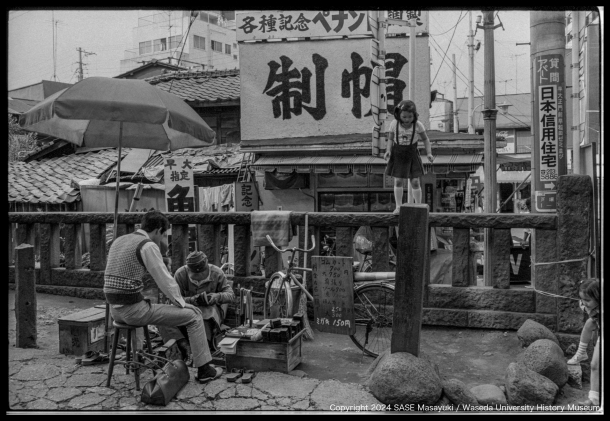
Photographed on May 12, 1977. From “WASEDA 1974–1977,” donated by Mr. Masayuki Sase in the academic year 2023.
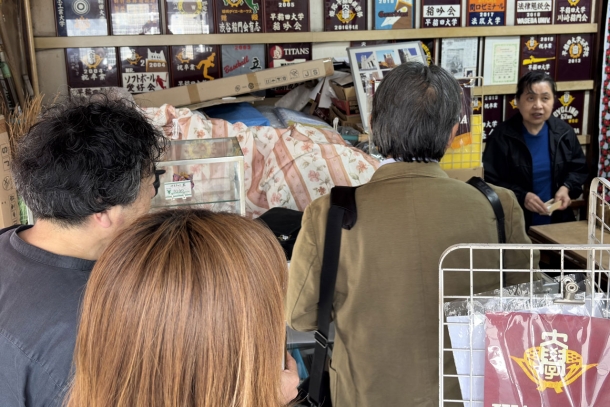
At “Ogiwara Pennant Shop” with Ms. Keiko Ogiwara.
Photographing the Same Locations and Compositions as in Photos from Decades Ago
The class in which Mr. Masayuki Sase spoke took place on May 14 as part of the School of Social Sciences course “Environmental Expression I.” Under the guidance of Professor Yoichi Sato and Lecturer Natsumi Seo, Mr. Sase spoke in a gentle tone, sharing with students stories about his high school years when he first became interested in photography, his photo-taking activities around campus, his career at a newspaper after graduation, the challenges of reporting, his experiences during the Great East Japan Earthquake, and the interview work he began after retirement. Students listened with great interest as he talked about the film and photographic paper he had bought fifty years ago at Yodobashi Camera, the negatives from that time that were passed around the class, and the film camera he used to take the donated photos — a Nikon F — as well as his light meter.
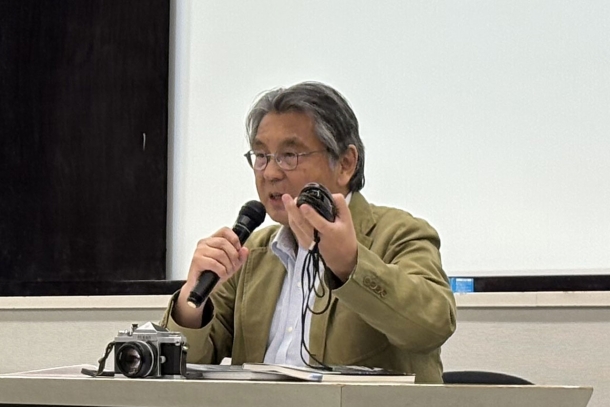
Mr. Sase holding a light meter. Before each shot, he measured the light near the subject.
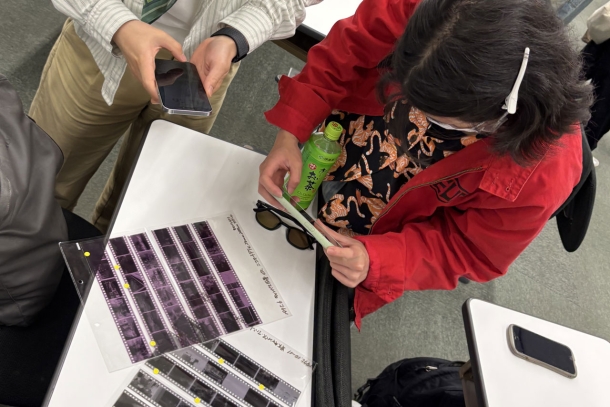
A student photographing negative film with a smartphone.
For the previous class assignment, students were given the mission of taking photos at the same locations and in the same compositions as Mr. Sase’s photographs. The students walked around, searched for matching angles, and submitted a photo along with a short reflection. The archival materials served as a starting point for fieldwork and led to a deeper understanding of urban space.
Observe Everything Without Looking at Your Phone
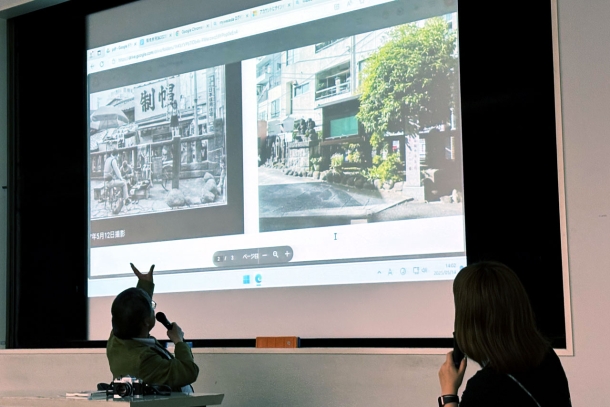
A student’s photo (right of the screen) evokes memories from the time the original shot (left) was taken.
In response to questions from students, Mr. Sase answered carefully, sharing specific stories. Toward the end of that exchange, he said:
There’s one thing I’d like to ask of you all: please don’t look at your smartphones while walking.
After all, if you’re going to walk, I think it’s much better to constantly observe your surroundings — to notice things like, “Huh, this looks different from yesterday,” and engage in that kind of observation as you go.
You can always look at your phone once you’re home. But if something strikes you as interesting while you’re out, take a photo of it right then and there — that image will likely become a fascinating record in the future.
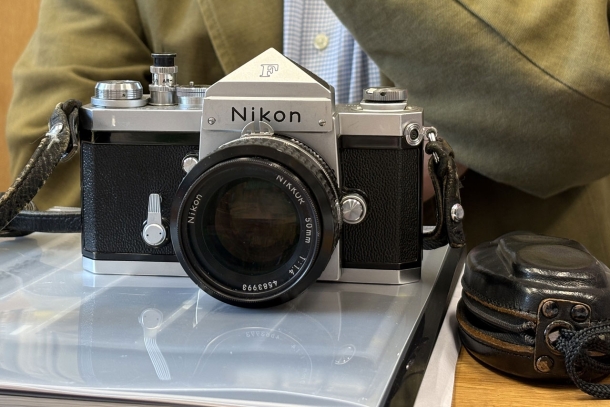
The Nikon F he used during his student days — remarkably well preserved.
Archival materials are not merely records; they are media that connect people. Using the photographs and captions donated by Mr. Sase as a guide, students walked through the city, observed it, and listened to stories. Through this process, their perspectives broadened, and spaces emerged where memory and record intersect. The dialogues born from these intersections connect past and present, youth and experience, fostering rich opportunities for learning.
The sensibility that archives make possible — to “see and listen to the present” — may be the very power to face the landscape here and now, through the lens of past records.

